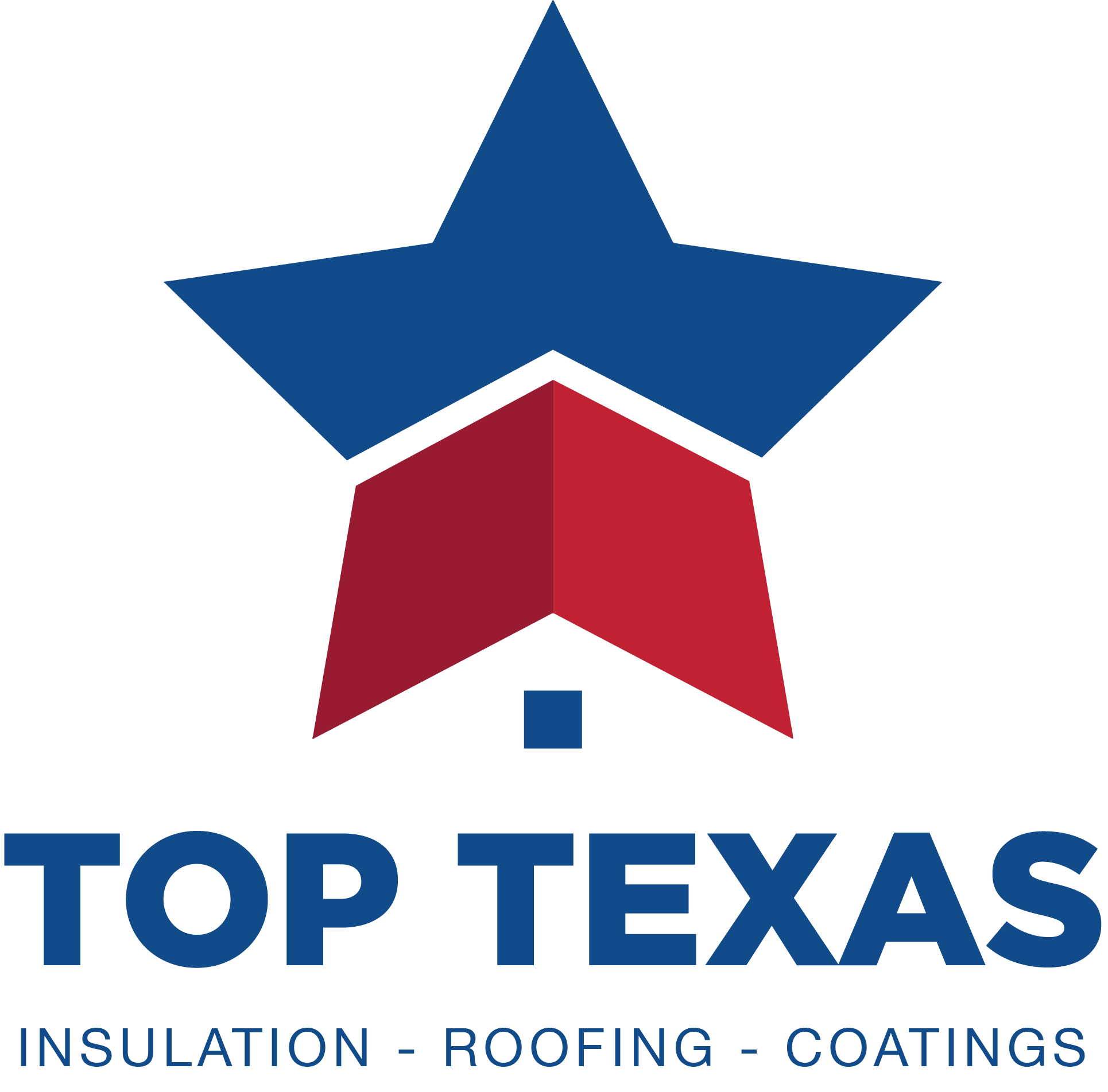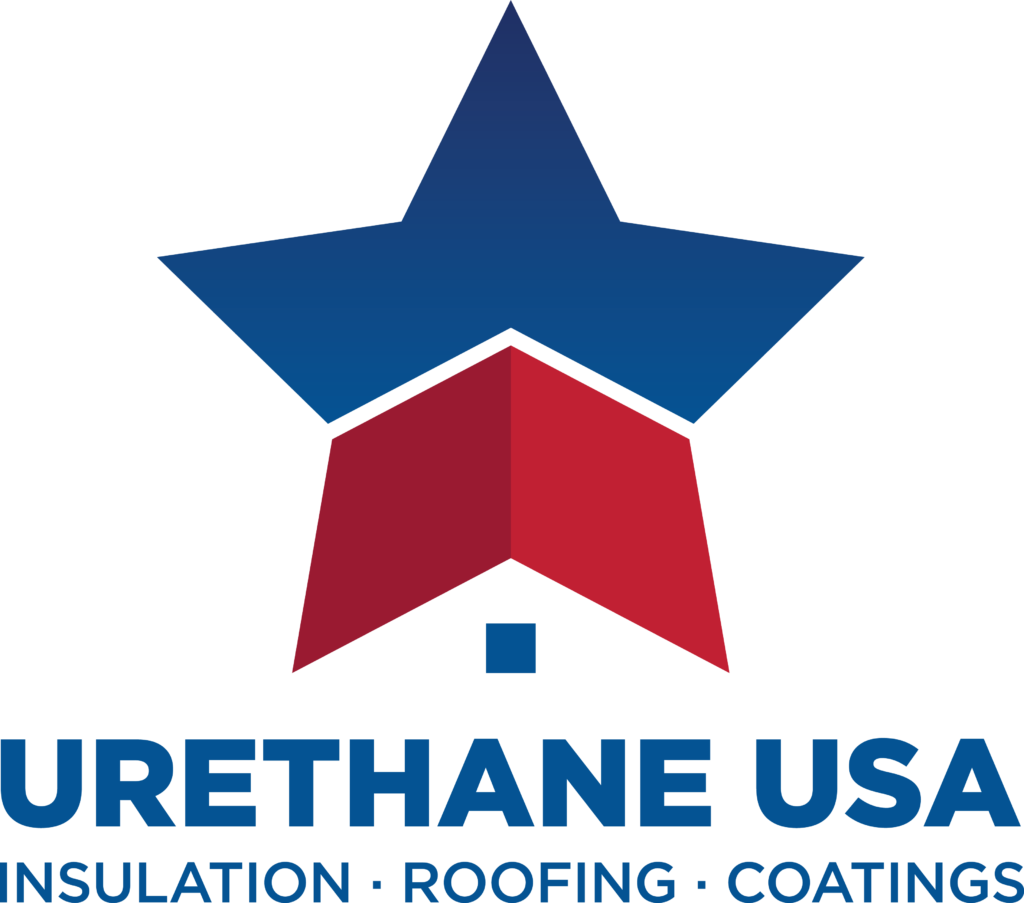FAQs
- Home
- FAQs
Frequently Asked Questions
Polyurethane Spray Foam is not cheap insulation. The initial installation cost is usually higher than standard fiberglass or blown-in insulation options. However, there’s no doubt it’s the best insulation investment decision you can make. Polyurethane Spray Foam represents a long-term investment in your property that will pay off over time. You will reap the rewards quicker than you imagine and it will also add significant value to your property. The immediate and long-term benefits of this type of insulation far outweigh the initial costs associated with it.
Lorem ipsum dolor sit amet, consectetur adipiscing elit, sed do eiusmod tempor incididunt ut labore et dolore magna aliqua. Ut enim ad minim veniam, quis nostrud exercitation ullamco laboris nisi ut aliquip ex ea commodo consequat. Duis aute irure dolor in reprehenderit in voluptate velit esse cillum dolore eu fugiat nulla pariatur.
Urethane USA uses the following factors in calculating our price, bearing in mind that we also use the highest quality materials and provide an exceptional service experience.
Whether your project needs Open-Cell or Closed-Cell Polyurethane Spray Foam.
How much insulation needs to be applied? For example does your city require a specific R-Value to meet building code?
How much preparation is involved? This will depend on the type of application to be completed and where in the building the spray foam needs to be placed.
Polyurethane Spray Foam has been used without issue for decades and undergone extensive testing. However, it can cause problems if not applied correctly. We use the highest-quality materials from leading US manufacturers and have the correct equipment to ensure it is applied at the proper pressure, temperature and A/B ratio.
Spray Foam insulation comprises approved chemical compounds and is perfectly safe once the product has cured after insulation. However, we do not recommend having contact with the product during application and immediately after. Our professional applicators use all the necessary safety gear during the application process..
For this reason, for all interior projects we recommend clients vacate the entire premises during product application. Depending on the specifications of the project, our project manager will inform you when it is safe to return to the workspace. Since the product cures relatively quickly, you can return to your home or building soon after the application is complete.
In roofing applications, it is usually not necessary to vacate the premises, since there will be no direct exposure to the product.
For most residential & commercial applications, Polyurethane Spray Foam is categorized into two different categories: Closed-Cell and Open-Cell.
Closed-Cell Polyurethane Spray Foam
Closed-Cell polyurethane spray foam is the most common application. It’s considered a “closed” cell due to its high R-value (commonly around 6.7 per inch) – that is the material’s capacity to insulate and resist heat flow. The higher the R-value, the greater the insulation. Due to this high resistance, closed-cell spray foams can prevent water from seeping into the insulation, which creates moisture build-up. Moisture build-up will promote bacterial and mold growth, something you do not want inside your walls.
Open-Cell Polyurethane Spray Foam
Open-Cell Spray Foam Insulation provides superior energy efficiency and air infiltration control. It can be used in open wall cavities, crawl spaces, perimeter rim joists, cathedral ceilings, and garage ceilings. Open-cell R-value is usually 3.7-4.0 per inch applied.
The R-Value of Closed & Open-Cell Spray Foam varies depending on the manufacturer of the product. Generally, Closed Cell Spray Foam has an R-Value of 6.0 – 7.0 per inch; whereas, Open-Cell Spray Foam has and R-Value of 3.0 – 4.0 per inch. These are the R-Values of the products we use.
This can be a confusing topic. Its important to note that R-Value only measures conductive heat transfer and doesn’t account for the superiority of Spray Foam when it comes to convection and radiation. The sealing properties of Spray Foam prevent convection heat transfer through gaps and cracks, and its chemical properties do a better job of managing the heat from radiation.
Polyurethane Spray Foam and Fiberglass Insulation are like apples and oranges. Although they both insulate, they have very different physical properties and are applied is totally different ways. R-Value specifically measures heat transfer through Conduction and does not take into consideration Convection and Radiation Heat.
Unlike fiberglass, polyurethane spray foam addresses all these three forms of heat transfer:
- Conduction, with tested and documented K-factor and R-value
- Convection, because of its air barrier qualities.
- Radiation, because the temperature of the exposed radiating surface is significantly lowered.
So the same R number only measures the conduction heat transfer. The physical properties of Polyurethane Spray Foam also mitigate heat transfer through convection and radiation.


